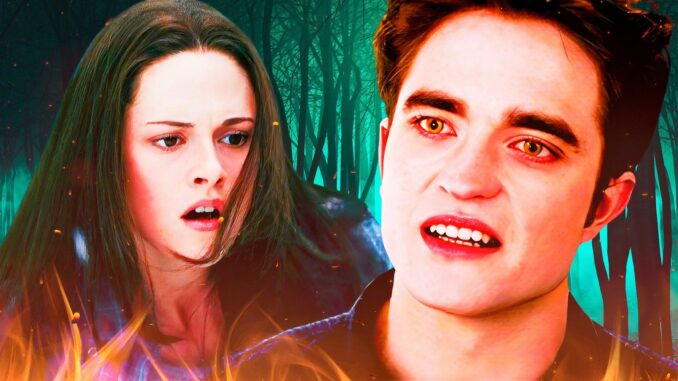
Shadows and Sunshine: A Decade of Twilight Midnight Sun Release Speculation
The Twilight saga, a cultural phenomenon that gripped the late 2000s and early 2010s, wasn't just about vampires, werewolves, and star-crossed lovers. It was about anticipation. Each book release, each movie premiere, was a carefully orchestrated event fueling fervent speculation and obsessive theorizing. But perhaps no anticipation was as persistent, as layered, and as ultimately satisfying (eventually) as the one surrounding Stephenie Meyer’s unfinished manuscript, Midnight Sun. For a decade, the promise of experiencing Twilight through Edward Cullen's perspective hung like a tantalizing carrot, fueling endless speculation about its release and transforming fan forums into amateur publishing houses, dissecting every clue, every interview, every rumored development.
The story of Midnight Sun speculation is as complex as a Volturi power struggle. After a partial draft was leaked online in 2008, Meyer famously shelved the project, citing a profound sense of violation and disillusionment. This act, understandable in its defense of her creative ownership, only served to intensify the flames of speculation. The abandoned fragment became a sacred text, pored over by fans desperate for a glimpse inside Edward's mind.
The initial response was shock and disappointment, quickly followed by the burning question: would it ever be finished? Theories abounded. Some believed Meyer would never touch the project again, scarred by the breach of privacy. Others held out hope, fueled by vague statements and occasional hints dropped during interviews. These crumbs of information became fodder for elaborate timelines, charting potential release dates based on everything from book anniversaries to astrological alignments.
The speculation wasn't simply about when it would be released; it was about how it would be released. Would Meyer revise the original manuscript? Would she rewrite it entirely? Would she ever even acknowledge its existence again? The online community became a hive of activity, debating the merits of different scenarios, sharing fan fiction based on the leaked chapters, and even creating mock book covers and release campaigns. This collective effort, driven by a shared passion, demonstrated the incredible power of fandom and its ability to keep a dormant narrative alive.
The perceived difficulty of writing Midnight Sun also fueled the speculation. Edward's internal life, described in the leaked chapters, was portrayed as a maelstrom of conflicting desires: his love for Bella, his thirst for her blood, his fear of harming her. This internal conflict, coupled with his heightened senses and telepathic abilities, made writing from his perspective a unique challenge. Some argued that Meyer had abandoned the project because she found it too difficult to capture the nuances of Edward's complex inner world. Others theorized that the very act of revisiting the original story, with its inherent flaws and adolescent melodrama, was too painful for the author.
The absence of information allowed for the proliferation of outlandish rumors. Tales of secret publishing contracts, ghostwriters, and even a complete rewrite from Jacob Black's perspective (thankfully unfounded) circulated through fan forums and social media. Each rumor, however absurd, was met with a mixture of excitement and skepticism, further contributing to the overall atmosphere of anticipation.
Ultimately, the release of Midnight Sun in 2020, over a decade after its initial shelving, felt like a collective victory for the Twilight fandom. It was a testament to the enduring power of a story and the unwavering dedication of its fans. The speculation, the anticipation, the relentless pursuit of information – all of it culminated in the arrival of a book that had become almost mythical.
Looking back, the decade of Midnight Sun speculation offers valuable insights into the dynamics of fandom and the power of narrative. It demonstrates how a story, even in its incomplete form, can ignite imaginations and foster a sense of community. It highlights the complex relationship between authors and their audience, and the challenges of balancing creative control with fan expectations. And, perhaps most importantly, it reveals the enduring human desire for closure, for understanding a beloved story from a different perspective, and for experiencing the shadows and sunshine within the heart of a vampire in love. The journey to Midnight Sun was a long and winding one, but for Twilight fans, the destination was undoubtedly worth the wait.
